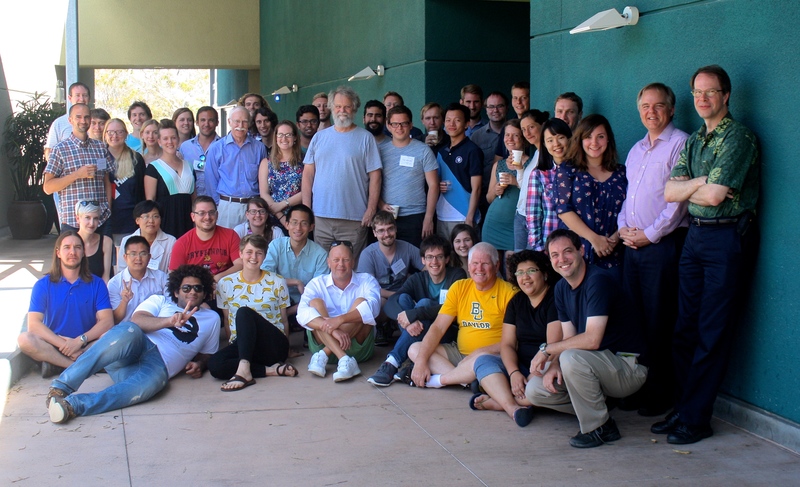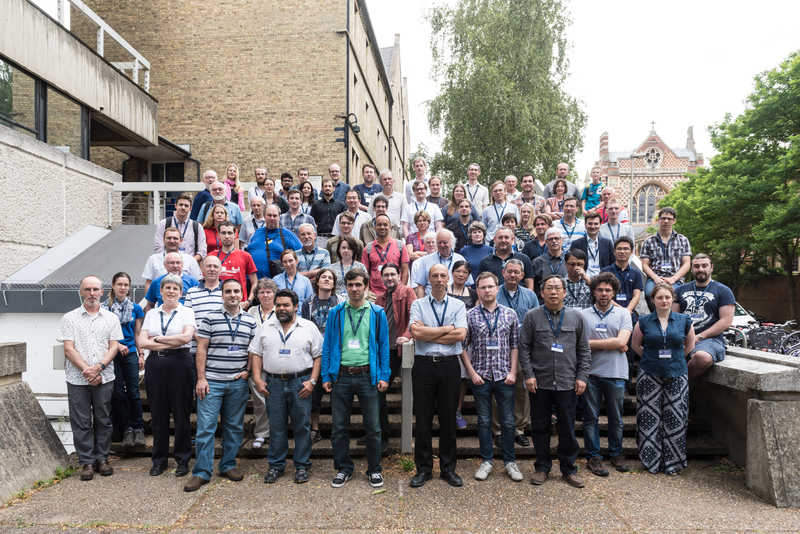Modules for Experiments in Stellar Astrophysics (MESA): Binaries, Pulsations, and Explosions
21 Sep 2015The Astrophysical Journal Supplement Series, Volume 220, Issue 1, article id. 15, 44 pp.
Bill Paxton, Pablo Marchant, Josiah Schwab, Evan B. Bauer, Lars Bildsten, Matteo Cantiello, Luc Dessart, R. Farmer, H. Hu, N. Langer, R.H.D. Townsend, Dean M. Townsley, F.X. Timmes
We substantially update the capabilities of the open-source software instrument Modules for Experiments in Stellar Astrophysics (MESA). MESA can now simultaneously evolve an interacting pair of differentially rotating stars undergoing transfer and loss of mass and angular momentum, greatly enhancing the prior ability to model binary evolution. New MESA capabilities in fully coupled calculation of nuclear networks with hundreds of isotopes now allow MESA to accurately simulate advanced burning stages needed to construct supernova progenitor models. Implicit hydrodynamics with shocks can now be treated with MESA, enabling modeling of the entire massive star lifecycle, from pre-main sequence evolution to the onset of core collapse and nucleosynthesis from the resulting explosion. Coupling of the GYRE non-adiabatic pulsation instrument with MESA allows for new explorations of the instability strips for massive stars while also accelerating the astrophysical use of asteroseismology data. We improve treatment of mass accretion, giving more accurate and robust near-surface profiles. A new MESA capability to calculate weak reaction rates "on-the-fly" from input nuclear data allows better simulation of accretion induced collapse of massive white dwarfs and the fate of some massive stars. We discuss the ongoing challenge of chemical diffusion in the strongly coupled plasma regime, and exhibit improvements in MESA that now allow for the simulation of radiative levitation of heavy elements in hot stars. We close by noting that the MESA software infrastructure provides bit-for-bit consistency for all results across all the supported platforms, a profound enabling capability for accelerating MESA's development.


